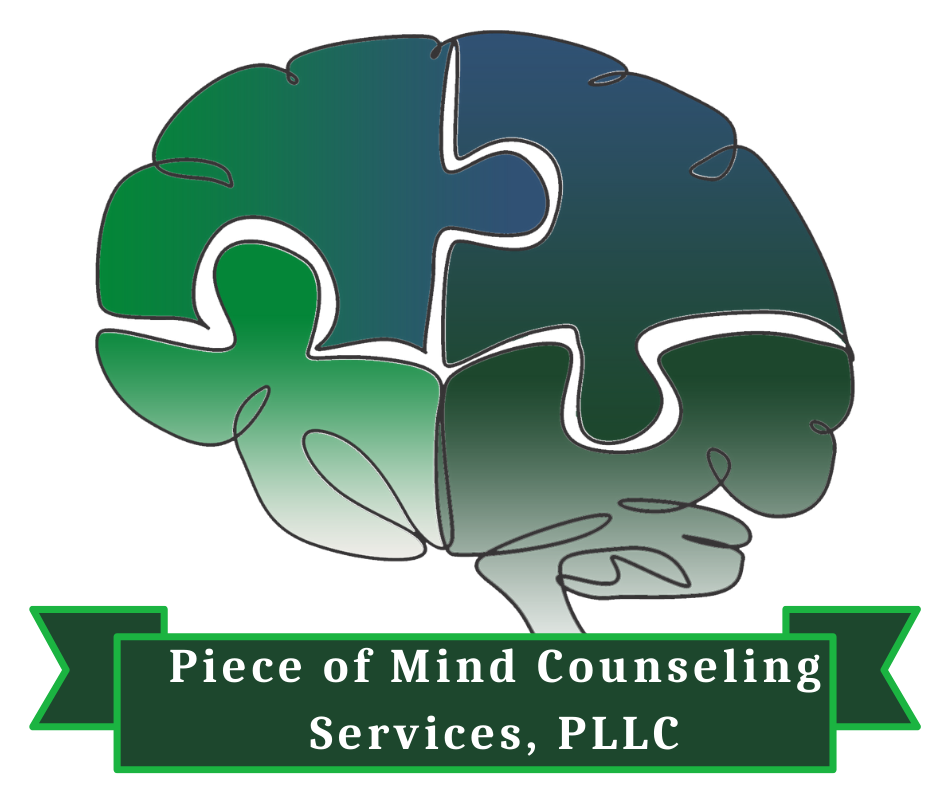Trauma Therapy for Anxiety
How Healing the Root Helps Calm the Mind
When Anxiety Feels Overwhelming
Anxiety can show up in so many ways—racing thoughts that won’t stop, a constant knot in your stomach, or feeling like you’re always on edge. For some people, it even comes with panic attacks, trouble sleeping, or avoiding situations that feel “too much.”
While anxiety can have many causes, for a lot of people, it’s rooted in unresolved trauma. Past experiences can leave the nervous system in a constant state of alert, making everyday life feel stressful and exhausting. That’s where trauma therapy can make a difference.
The Connection Between Trauma and Anxiety
When something traumatic happens, your body’s natural stress response can get stuck in “survival mode.” Even long after the danger has passed, your brain and body may still act like the threat is happening right now.
This can look like:
Hypervigilance: Always scanning your environment for danger.
Restlessness: Trouble relaxing, even in safe situations.
Panic attacks: Sudden waves of fear or physical symptoms like a racing heart.
Avoidance: Steering clear of places, people, or situations that remind you of the past.
Trauma therapy helps calm this overactive response so you can finally feel safe again.
How Trauma Therapy Helps Calm Anxiety
Trauma therapy doesn’t just teach coping skills—it gets to the root of why anxiety is there in the first place. Here’s how it helps:
Regulates the nervous system: Techniques like grounding and mindfulness help the body shift out of fight-or-flight mode.
Processes painful memories: Approaches like EMDR therapy or Accelerated Resolution Therapy (ART) help reprocess trauma so it no longer triggers the same anxiety.
Builds emotional resilience: Over time, therapy strengthens your ability to handle stress without being overwhelmed.
Restores balance: As the intensity of trauma fades, symptoms of anxiety often decrease naturally.
EMDR Therapy for Trauma-Related Anxiety
EMDR therapy is especially effective for people whose anxiety is connected to past experiences. By using bilateral stimulation (like guided eye movements), EMDR helps the brain reprocess memories so they lose their power.
Clients often report feeling calmer, sleeping better, and noticing fewer anxiety triggers after EMDR sessions.
Read more about EMDR therapy »
ART (Accelerated Resolution Therapy) for Rapid Relief
ART is another approach that can help with anxiety by focusing on changing distressing images and sensations tied to trauma. Many people find ART provides rapid relief—even in just a few sessions.
For those who don’t want to talk in detail about their experiences, ART can be a gentle but effective option.
Signs Trauma Therapy May Help With Your Anxiety
You may want to explore trauma therapy if you notice:
Anxiety that doesn’t seem to go away no matter what you try.
Panic attacks that feel connected to past events.
Sleep problems like nightmares or waking up in panic.
Avoidance behaviors that limit your life.
A sense of fear or dread that’s hard to explain.
If any of this feels familiar, trauma therapy can help you calm your mind and regain a sense of control.
A Gentle Invitation to Begin Healing
Anxiety doesn’t have to run your life. When anxiety is connected to trauma, healing the root cause through trauma therapy can bring lasting relief. With support, you can learn to calm your body, quiet your mind, and face life with more peace and confidence.
👉 Schedule a free 15-minute consultation today to start your healing journey.


